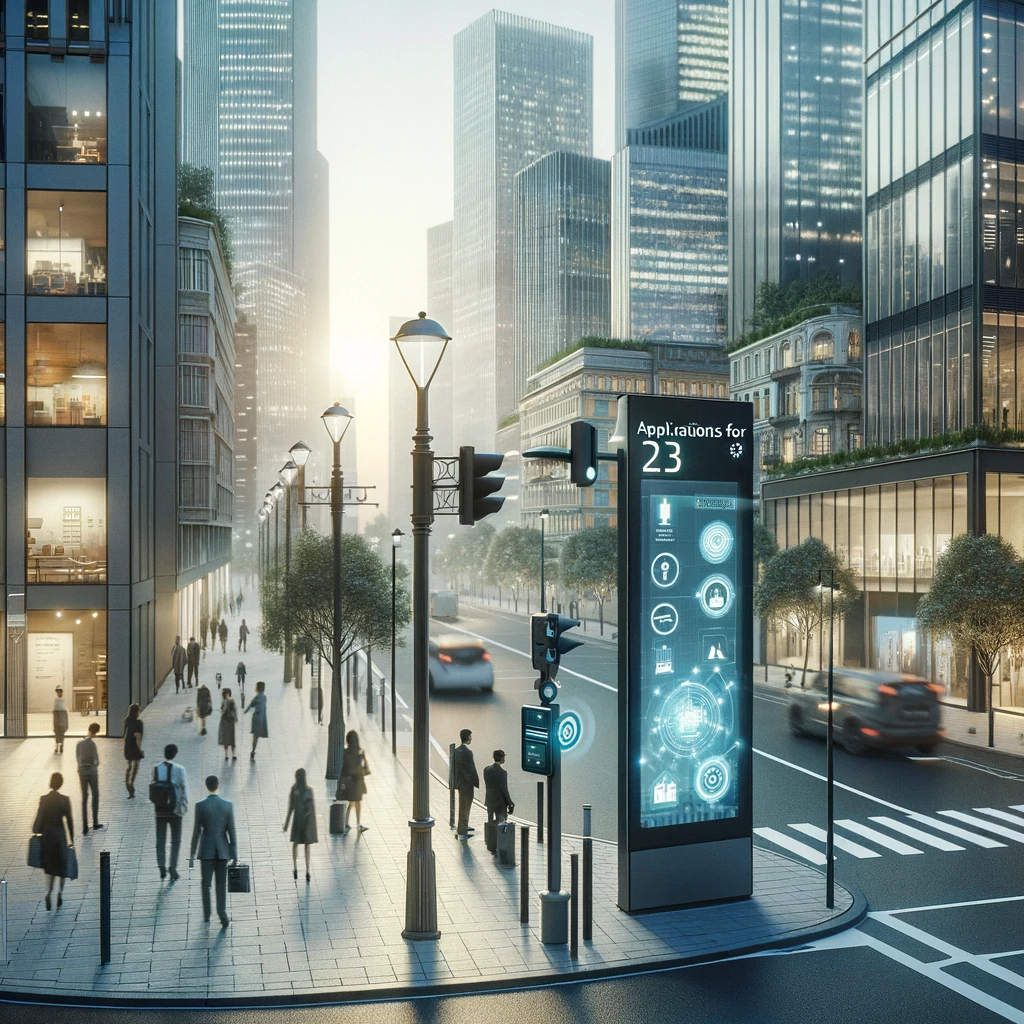Urban Application – Making the City Accessible
Urban applications

 2531
2531 
Urban Application – Making the City Accessible
In today's digital age, technology-based solutions have become essential tools in city management and improving the lives of residents. An advanced urban application serves as an excellent way for local authorities to make services, information, and resources accessible to the public, enhancing the connection and involvement of residents in their city.
The Benefits of an Urban Application
- Maximum accessibility to urban services: Through the application, residents can report issues, submit requests for permits and approvals, pay property tax bills, and access a wide range of services from anywhere and at any time.
- Real-time updates and alerts: The application enables the municipality to send immediate notifications to residents about events, service changes, or emergencies, and provides updated information about what's happening in the city.
- Community sharing and empowerment: An urban application can serve as a platform for creating a local social network, where residents can share information, report events and activities, and promote community initiatives.
- Efficiency and resource savings: The application reduces the need for phone inquiries and human responses, allows for the collection and analysis of essential information on residents' needs, and helps streamline the municipality's daily operations.
For example, the Tel Aviv-Yafo municipality launched the DigiTel app, which offers residents and visitors a variety of digital services, including parking, public transport navigation, reporting issues, and urban events. The application has achieved great success, with over 200,000 downloads and high ratings in app stores.
What is Important in Choosing an Urban Application?
When a local authority considers adopting an urban application, several key factors should be taken into account:
- Adaptation to the unique needs of the city and its residents
- User-friendly and intuitive interface
- Integration ability with existing information systems in the municipality
- Data security and privacy for users
- Development, maintenance, and long-term update costs
- Options for customization and service expansion in the future
It is recommended to carefully examine the available alternatives in the market, conduct pilots with representative user groups, and seek professional guidance from experienced entities in the field.
Tips for Successful Implementation of an Urban Application
- Set clear goals and align the application with the urban vision
- Engage the public from the initial planning and specification stages
- Invest in branding, marketing, and public awareness to encourage wide usage
- Ensure regular updates, improvements, and additional services based on user feedback
- Establish a responsive, high-quality support system for addressing inquiries and issues
- Monitor the application’s performance metrics and implement ongoing optimization
Statistics on the Adoption of Urban Applications
- An ICMA survey found that 40% of cities in the U.S. already offer an urban application for residents.
- A study conducted by Accenture showed that cities implementing digital technologies, including applications, gain a competitive advantage and achieve higher growth rates.
- According to the smart city portal bee smart city, the number of downloads of urban applications worldwide is expected to exceed 3 billion by 2023, with a penetration rate of about 35% among residents.
In conclusion, an urban application is a transformative tool for cities seeking to be more resident-oriented, efficient, and connected. In an era where the smartphone is a core device for most people, a quality and customized application represents a necessary channel for enhancing quality of life, government transparency, and civic engagement.
The investment in the proper development, implementation, and maintenance of an urban application is not limited to the technological aspect – it signifies the authority's commitment to innovation, excellent service, and promoting community interests. Ultimately, cities that adopt this vision and execute it correctly will thrive and lead in the new digital urban era.






